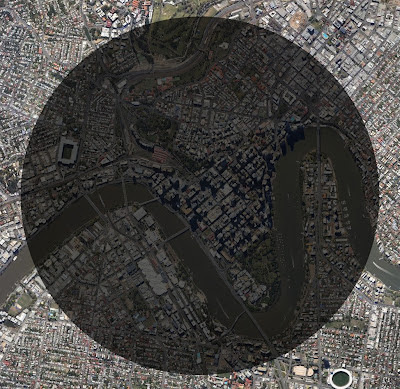 |
| Image copyright LEGO Group, used under terms of their Fair Play licence |
I think I love it all the more because its “cutaway” design reminds me of the Palitoy Death Star playset from a long time ago:
 |
| Image copyright SpeedBreaker from the ToyArk forums, used by permission |
(You can see more of it in this Toyark post and this guided tour on Star Wars New Zealand. And yes, I still have most of it... around here... somewhere).
But this got me thinking: obviously both the Lego playset and its Palitoy antecedent are way out-of-scale and depict the Death Star in a purely figurative sense. So, how big should the Lego Death Star be, to be in scale with the supplied figurines (minifigs, in Lego parlance)?
We need to know two things:
- the size of the “real” Death Star
- the scale of a minifig
The Lego Death Star is actually a mix of features of two different Death Stars, as featured in A New Hope and Return of the Jedi respectively. The second was supposedly larger—according to most sources much larger—than the first. The figures vary between references, but Wookiepedia favours a 160-km diameter for the the first, and a 900-km diameter for the second. For the purpose of this exercise, I will assume that:
- the Lego set depicts the first Death Star (really, only the Emperor’s throne room is definitively a second Death Star feature)
- the first Death Star had a diameter of 160 kilometres.
 |
| Human figures are a work of NASA in the public domain; minifig created from the LDraw Parts Library and used under the terms of their licence |
By comparison, the minifig is proportionally much wider than a human of the same height. Let’s ignore that and look only at height. Minifigs stand 4 cm tall. If an average human is around 170 cm tall, then the minifig represents a human at roughly 1:43 scale, close to the 0 scale used in model railways or the 1:48 scale (“quarter scale”) popular in the scale modelling of aircraft.
With these assumptions in place, the maths is now quite simple: 160 km divided by 43:
3.7 km!
Yep; a Lego death Star in proportion to the minifigs would be nearly 4 kilometres across!
Just for fun, I thought I'd superimpose that over a map of Brisbane:
 |
| Brisbane photo copyright NearMap, used under the terms of their community licence |
I know this won’t be very meaningful to anyone who’s never lived here. If that’s you, maybe you’d like to do the same with a map of your own city. It’s truly surprising how big a properly scaled Lego Death Star would need to be!
Afterword:
While looking for pictures of the old Palitoy Death Star playset, I found that Eric Druon of France has created his own Lego interpretation of it:
 |
| Copyright Eric Druon, used by permission of the creator |
Visit Eric’s site for more pictures of this amazing creation. He also has original Lego creations for various other popular media franchises there—well worth a look! :)